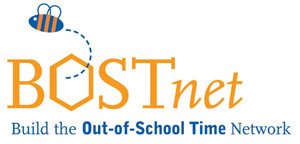Working in the field of Youth Development the strongest characteristic of the profession is fragmentation.
Organizations and individual researchers write about the unique aspects of Youth Development and then create programs that continue NCLB-style academic formats or "follow the money" to further marry Youth Development to traditional models of school.
Various voices compete to create systems of credentialing, licensing, or "systematize" the work and expecting the field to "professionalize" according to collegiate models or other professions where compensation and the type of service differ greatly (a lawyer and a youth worker may both work hard, but they don't work the same).
Consultants, trainers, and certificate programs compete and sprout up and use models and frameworks that are often presented prematurely in the rush to take small pilots "to scale" and untested ideas "national."
Funders support work inconsistently and do not make long-term investments so that many Youth Development programs have to re-cast themselves every year or jump from one pilot to another never getting past the start-up stage.
Programs do not see themselves in the same work. Program providers don't identify with each other or collaborate for funding, focus, or message. The "field" of the youth worker has more vulnerabilities than it has assets.
This does not mean that the type of work need be unified into one system. What it may require, however, is for more youth workers to look beyond their population's needs, the mission of their organization, or agenda, and see that the work of Youth Development covers diverse programs, people, and approaches from inner city child care to suburban arts enrichment and outdoor exploration. It is an umbrella that should gather together various good quality people who work with youth to develop their social and emotional well being rather than it is today - fragmented and under threat as each individual organization and program vies with the next for scarce resources. We cannot blame the policy makers for crashing around from school to after-school, from private to public monies, they cannot know the work we do if we do not articulate it well.
15 years ago
